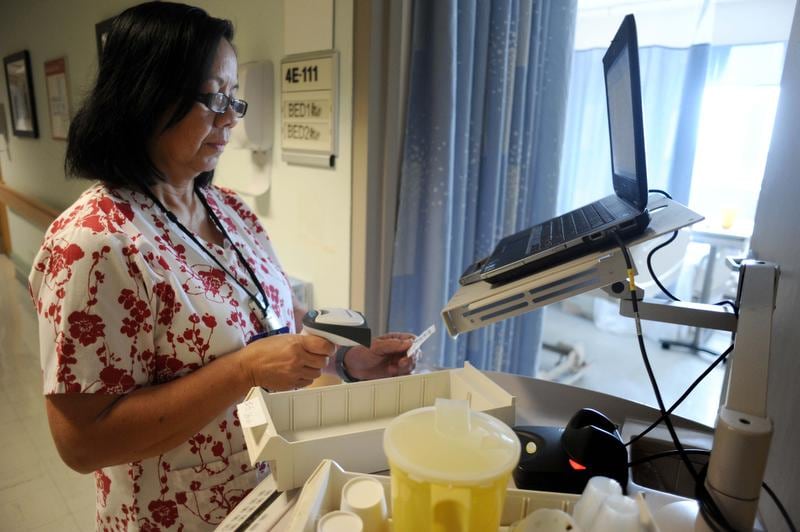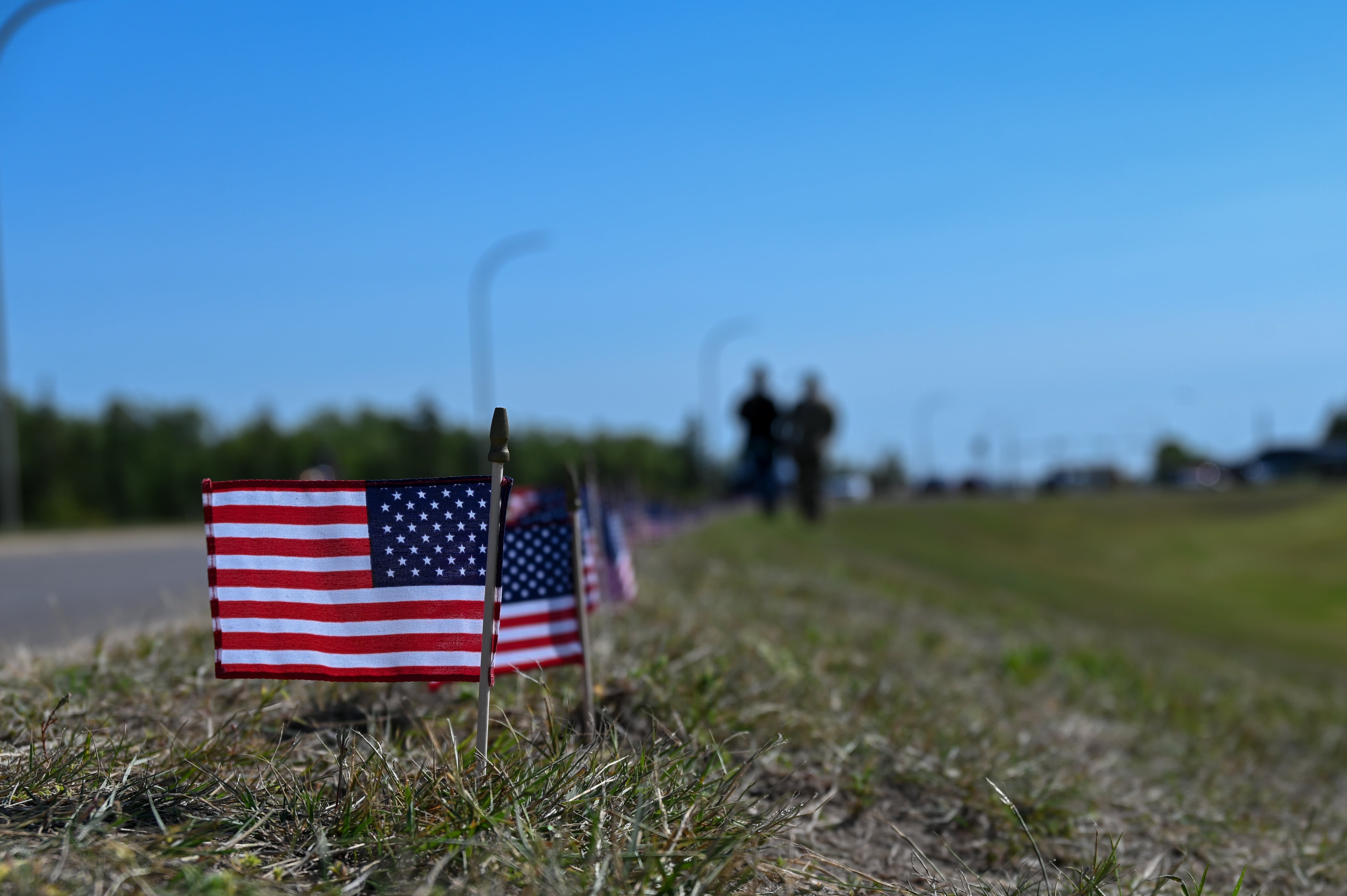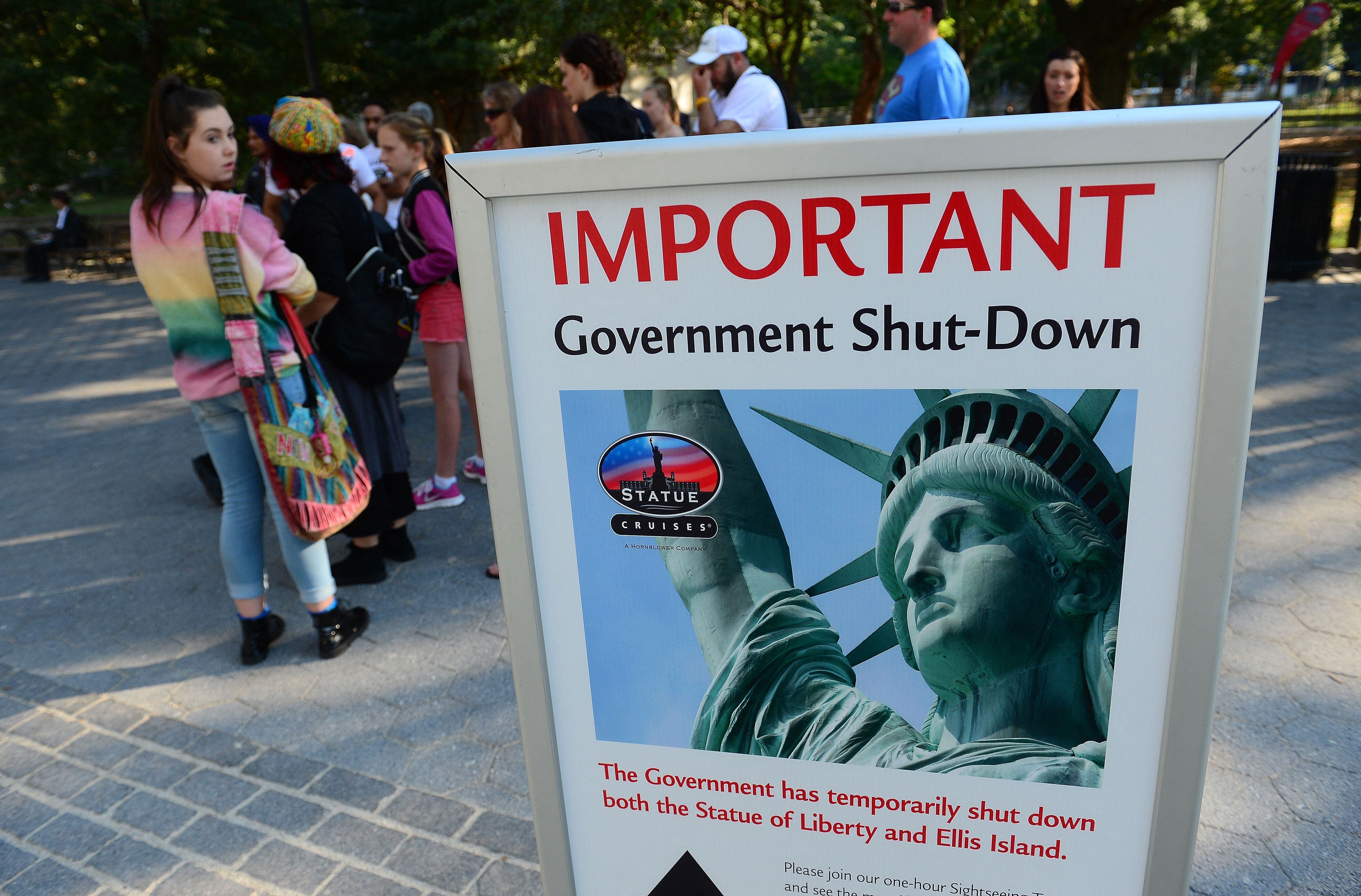The latest report from the Pentagon on military suicides shows a slight uptick in the suicide rate among active-duty personnel in 2014 compared with the previous year, but significant drops in rates for rReserve and National Guard members when compared to 2013.
In 2014, 269 active-duty service members and 169 reserve and National Guard troops took their own lives, according to the 2014 Defense Department Suicide Event Report, released in January.
The suicide rate per 100,000 active-duty troops was 19.9, up slightly from 18.7 in 2013 but down from 22.7 in 2012.
The National Guard component saw its suicide rate in 2014 drop to 19.4 per 100,000 from 28.9 the previous year, while the reserves declined to 21.9 per 100,000 from 23.4 in 2013.
As seen in previous years, most service members who died by suicide in 2014 were men under age 30, mostly enlisted, white and married. The majority ended their lives by shooting or hanging themselves. And just over half had deployed at least once — down from nearly two-thirds reported in 2013 as having deployed.
About 16 percent had seen direct combat. Some had been diagnosed with a mental health condition and several had been prescribed prescription drugs or sought help from therapists or doctors.
But many left no clues at all: They took no risks that would endanger their lives nor expressed suicidal thoughts or mental health problems beforehand.
Among the active-duty deaths, 169 left no note or explanation for why they did it.
The Army had the highest suicide rate among the services in 2014 at 23.8 per 100,000. The Air Force rate was 18.5 per 100,000 service members, while the Marine Corps' rate was 17.9 and the Navy's, 16.3.
According to the report, the military rates are comparable with civilian U.S. rates adjusted for age and gender, using Centers for Disease Control and Prevention data from 2013.
Being in the military once offered some protection from suicide susceptibility; in 2002, the rate was 10.3 per 100,000 — much lower than a civilian adjusted rate, calculated by the Army in 2013, of 18.8.
The military services oversee suicide prevention efforts within their own departments, while the Defense Suicide Prevention Office is responsible for creating and overseeing implementation of a strategic plan.
The DoD National Center for Telehealth and Technology releases a report each year that examines the demographics, circumstances and psychological and social factors characteristic of these deaths.
Commonalities among the 2014 deaths were:
- 50 percent had a mental health diagnosis, with the most common being mood or adjustment disorders or substance abuse.
- In the enlisted ranks, infantry personnel, gun crews or seamanship specialties had the highest rates of suicide, 21 percent, followed by electrical or mechanical equipment repairers, 18.9 percent.
- The occupational specialties with the highest suicide rates for officers were tactical operations, at 4.3 percent.
- 65 percent of suicides took place either at home or in the barracks.
The 2014 Pentagon report also examined more than 1,000 suicide attempts among DoD personnel, finding that the majority showed similar trends in deployment, legal or administrative problems or relationship issues as those who died by suicide.
The majority of suicide attempts involved attempted drug overdoses, while 68 percent of completed suicides involved a firearm.
For the first time since it began producing the comprehensive suicide report in 2008, Pentagon analysts looked at whether those who completed or attempted suicide reported being victims of military sexual assault. The report found that none who died by suicide had reported any incident of sexual assault, while seven who attempted suicide had filed unrestricted reports with the U.S. military about sexual assault.
As part of their suicide prevention efforts, the services have mandated suicide prevention training. They stress programs that promote awareness of self and fellow troops, as well as encouraging people to seek treatment.
In a message to all Navy sailors on Feb. 7, Chief of Naval Personnel Vice Adm. Bill Moran said understanding the challenges that face fellow service members can go a long way in saving lives.
"I think we all know that the stronger the team, the more we look out for each other and the more we're going to recognize when things aren't going right for sailors or something is out of the normal," Moran said. "Those are the indicators that hopefully people recognize and they step in."
The Defense Department releases information on suicides quarterly and has not announced its total figures for 2015.
A Pentagon official said last month that 275 service members died by suicide from January through Dec. 15.
Service members who are experiencing suicidal thoughts are urged to call the confidential Military Crisis Line at 1-800-273-8255, press 1. There are also text and chat options at www.militarycrisisline.net or text 838255.
This story was updated on Feb. 10 to correct statistical information on suicide rates among military occupational specialties.
Patricia Kime covers military and veterans' health care and medicine for Military Times. She can be reached at pkime@militarytimes.com.
Patricia Kime is a senior writer covering military and veterans health care, medicine and personnel issues.





